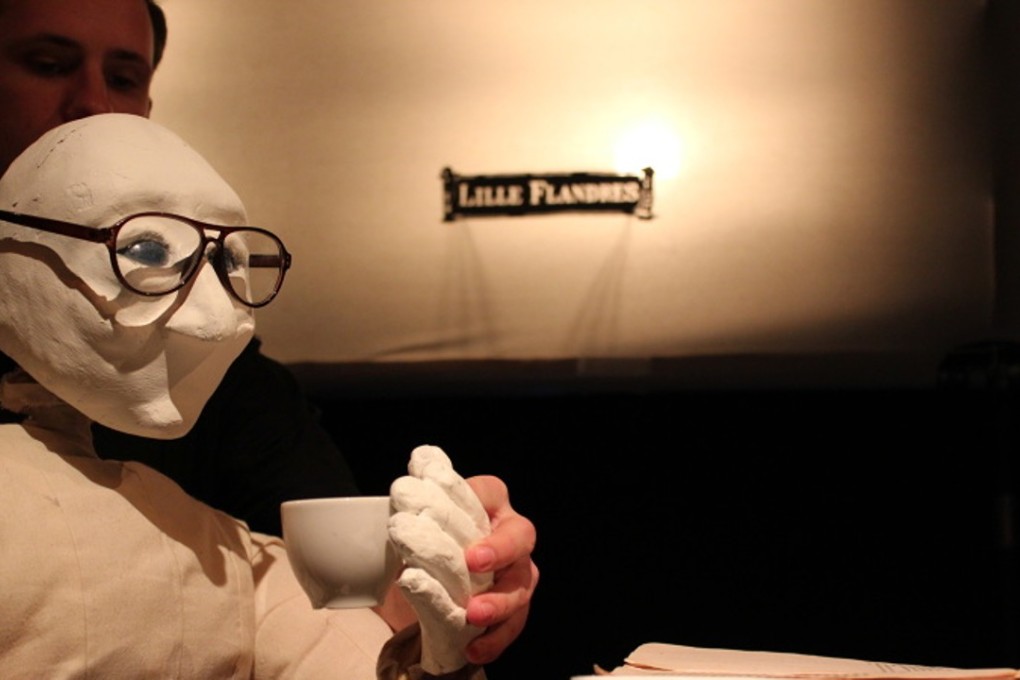How to bring a puppet to life: CELL puppeteers explain their secrets ahead of Hong Kong show
Breathing life into an inanimate object and convincing the audience it is a living being caught in a dramatic set of circumstances is an art form to which certain ‘rules’ apply

You can make a puppet out of a sock, or a cut piece of paper, or a mug, or you can use a delicate, complicated piece of machinery that will look and move like anything you want – a car, a warhorse, a cartoon character. But how do you make that inanimate object come alive and – if you do it really well – how can you make it move people to tears?
I asked the question of British puppeteer Molly Freeman, who is part of a team of three – from Smoking Apples and Dogfish companies – coming to Hong Kong’s Ngau Chi Wan Civic Centre from November 10 to 12. Their show, titled CELL, is about a man, Ted, who finds that, like brilliant scientist Steven Hawking, he has motor neurone disease (MND) and decides to go on one last big journey – an interrailing tour of Europe.
There are several “rules” of puppetry, says Freeman, whose British drama school sent her for a year to Prague, Czech Republic, where she learned about the wonders of puppets.
The head leads
Eyes are really important especially when you are working in human form puppetry. Ted’s eyes don’t move or blink but sometimes people say I saw him breathe. Or I’m sure I saw him shed a tear. It’s amazing, when we can’t move his face, that they feel that.
Focus
